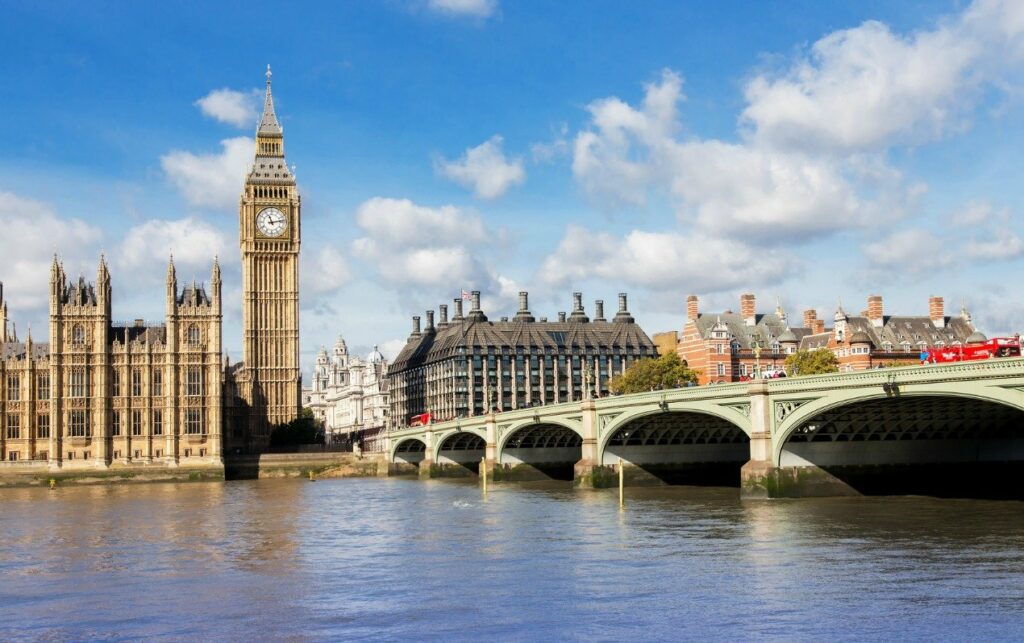Yes, there is a place in Canada with the lovely name of Ranfurly. It’s in Alberta just east of Lavoy but before you get to Minburn. Or, if you’re not from around there, about halfway between Edmonton and Lloydminster. We can’t call Ranfurly a town, or even a village, because it lost municipality status in 1946. But it’s a place and, luckily for us, it’s a place that didn’t lose its thermometer which it’s been using since 1905 (figuratively speaking, presumably it gets replaced every so often) to record the temperatures each day. As always, one of these lines is cool comfy 1919 and one is climate-change-ravaged 2019 and it’s up to you to guess which is which. Then click the button to see how you did.

Here’s the answer:

Ranfurly surely gets a surly amount of winter. The interval when the temperature is reliably above zero is only about half the year, which might explain its declining popularity. And if anyone in the area is thinking, well, at least it’s not like in the old days before global warming, we’re afraid it actually is. As you can see.
See Comments 
1919 or 2019? Ranfurly Edition
13 May 2020 | 1919 or 2019, Science Notes



Just playing devil's advocate, it could be argued that you're cherry picking the data to find ones with non-obvious differences.
Can you show an example of one where there *is* an obvious difference?
If so, do they exist in statistically significant numbers? Do the ones that show obviously warmer weather outnumber the ones where it's colder? Or do the outliers exist in roughly equal numbers?
I'd *expect* there to be more warmer ones (as the warming trend isn't in dispute), but it'd be interesting to see how the data (for Canada at least) demonstrates it.
Actually, John, the warming trend in the 20th century IS in dispute. There is plenty of evidence that the 1930s was warmer than today, at least in large parts of the world like North America and Europe, with the best temperature records. And 1919 was already on the up-swing to that warmest decade in recorded history.
The records show that temperatures went up from the 1890s to the 2040s, then fell until the late 1970s, then rose again in a pattern very similar to the 1890-2040 trend. Photographs, glacier measurements, and other observational evidence tends to support the view that we are no warmer now that in the 1930s, and might be slightly cooler. As I said: at least where good observational evidence over the entire range is to be found.
I guess your 2040s should be 1940s, but in every other aspect I think you are right.